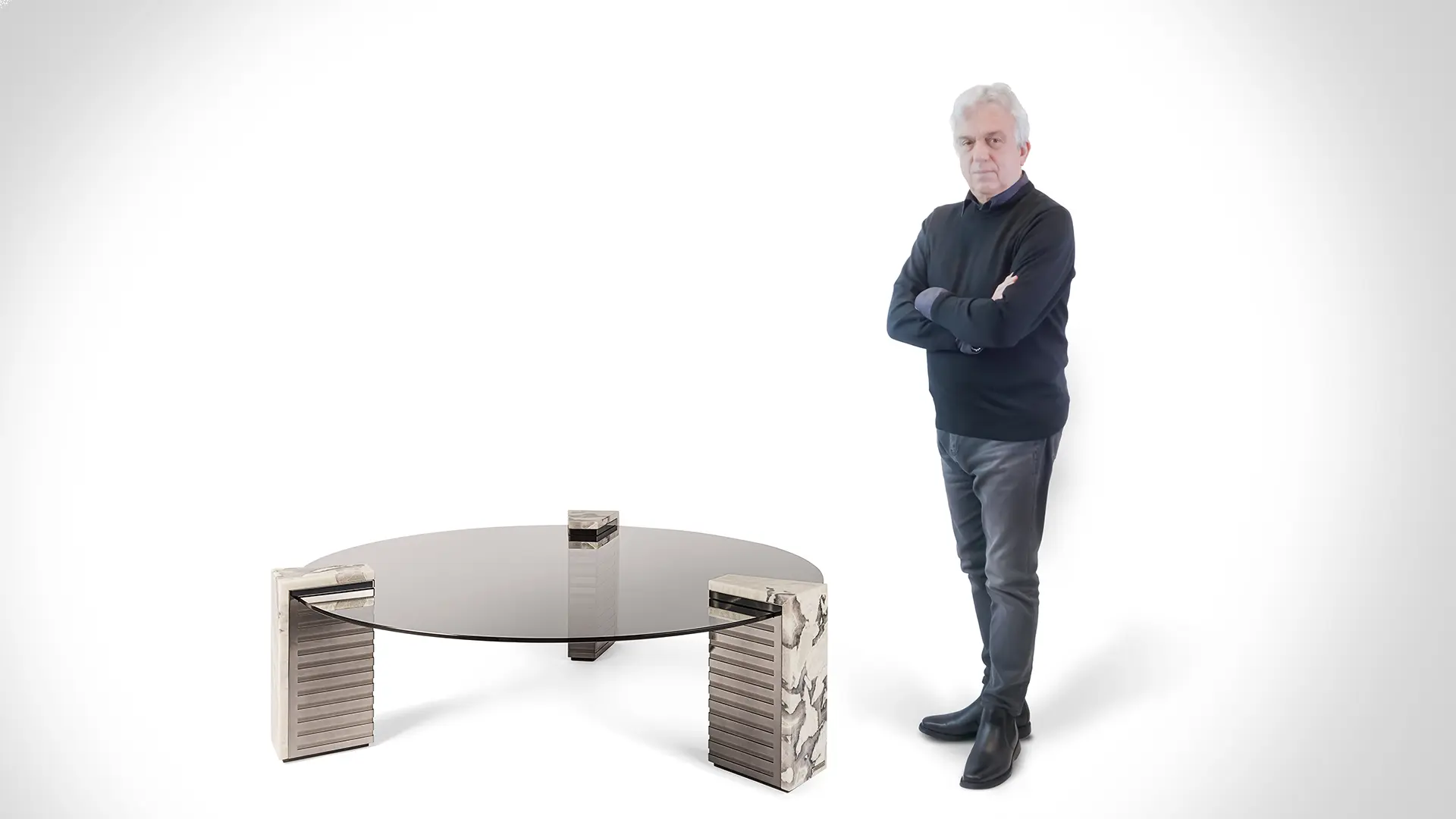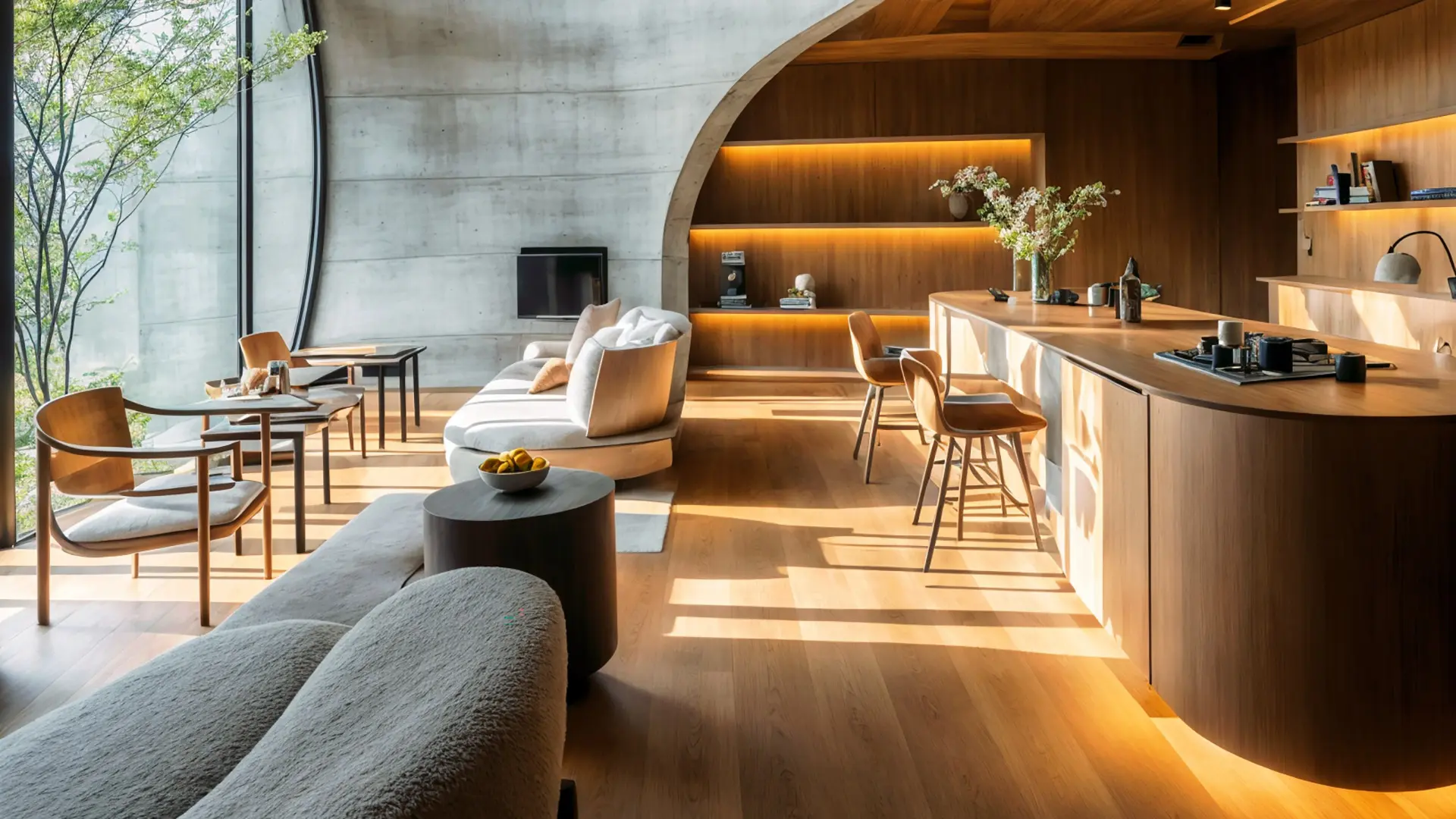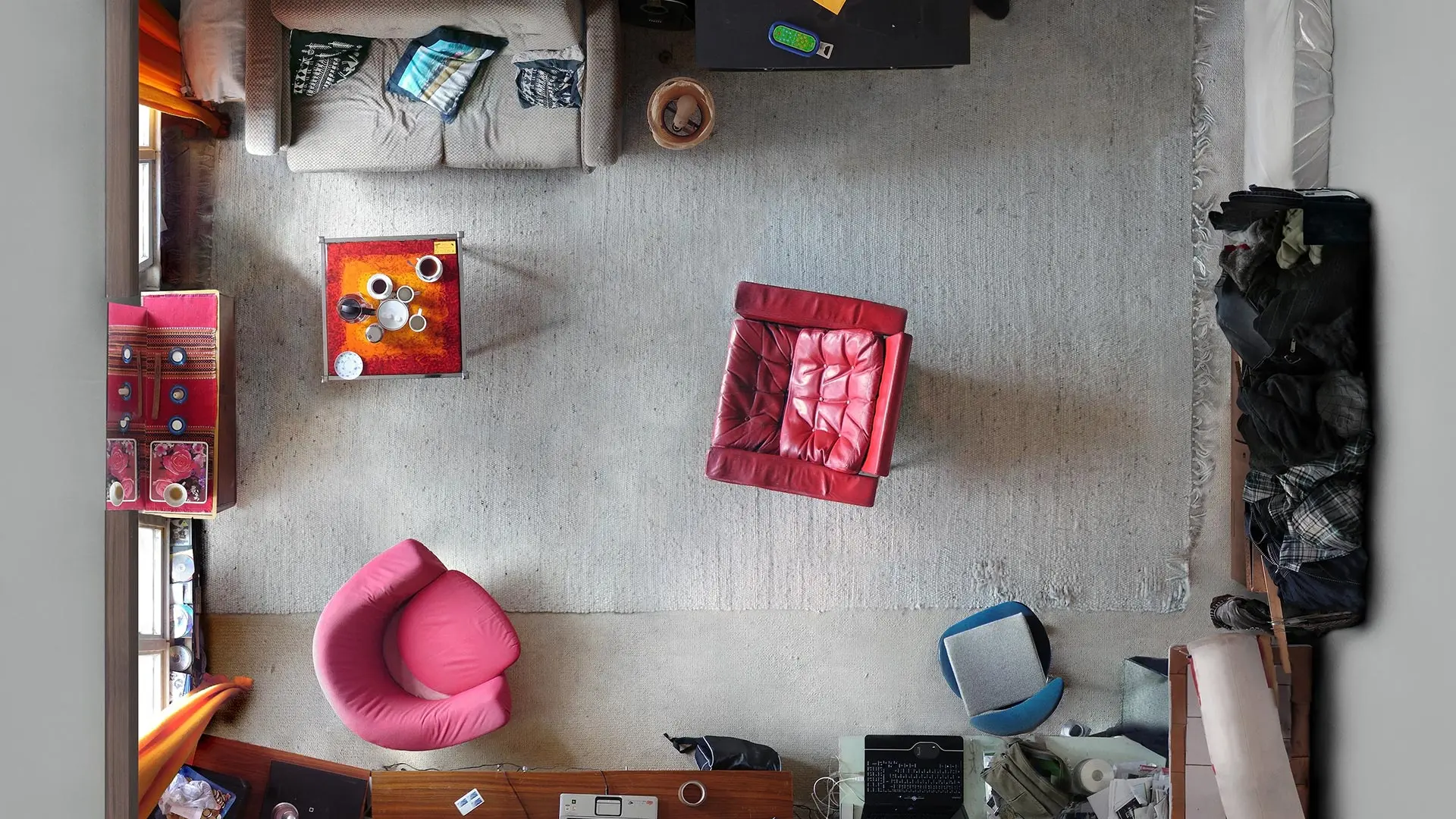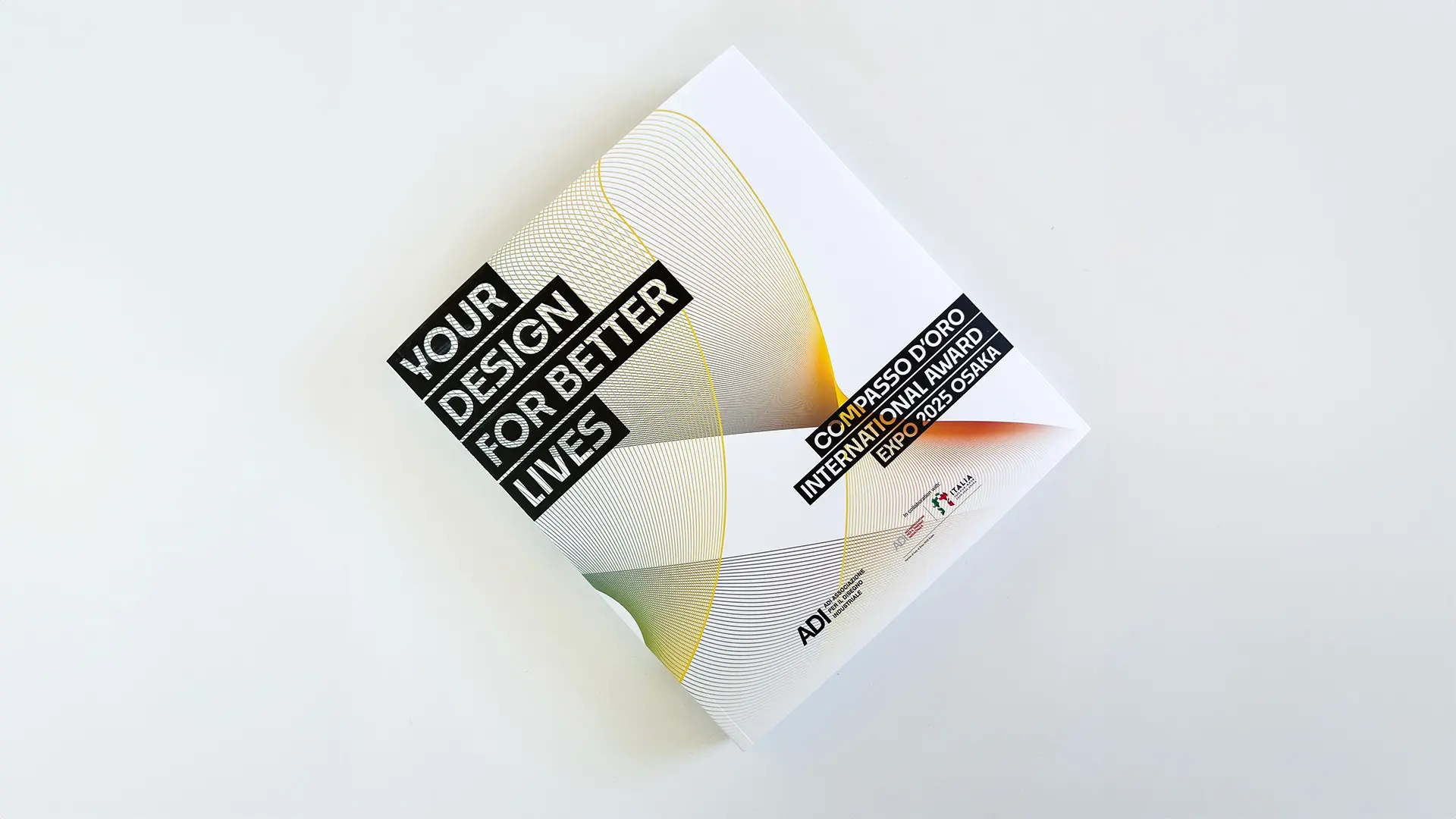Smart and sustainable purchases: how to make the most of the appliance bonus and how to apply. Requirements, amounts and limits to be aware of
Marco Piva and Admeto for Visionnaire

Marco Piva and Admeto
Modern and functional, this low table is informed by a combination of contrasting yet perfectly coordinating materials in a composition with sculptural appeal.
Admeto is a sculptural piece of furnishing, derived from a composition of shapes and volumes with clear architectural references.
Glass, marble and metal are masterfully combined to create a range of living room tables channelling an almost monumental blend of functionality and good looks.
The concept behind the products I’ve designed for Visionnaire, right from the very first in 2018, stems from a desire to create aesthetically flawless but also functional pieces that would prove powerfully attractive to their users, with their blend of simplicity, harmony and elegance. Specifically, Admeto was fuelled by my own quest for unusual aesthetic values that I wanted to confer on the table as object, creating visual continuity with the architectural and interior scales, part of my research into the all-over balance of volumes, spaces and objects.
Visionnaire’s stylish, typically Italian manufacturing quality also brings the added value of a one-off piece to Admeto, rendering it unique, like a work of art.
Admeto’s shape is informed by the contrast between a natural material, marble, and two artificial ones, glass and metal – engendered by specific technologies.
The elegant polychrome veins of the marble come together and interact with the shiny textures of the metal and glass, their combination and particular processing conveying an air of preciousness, value and excellence. I had in mind an elegant but equally powerful and functional shape, a different way of conceiving high-end furnishing, geared to an exclusive look.
I believe that research and experimentation are the founding elements of Italian design, and have always underpinned my own work.
Research into materials and production processes, whether artisanal or industrial, is crucial, and that applies to Admeto too.
I am obsessively picky when it comes to materials and finishes, it’s part of my creative DNA, just think - I’ve had a huge library of materials created inside my Studio, which is constantly updated, it’s a “parallel” endeavour to our design activity, a constantly-evolving “research project.”
In Admeto the smoked glass top is set into three monolithic bases, the outer faces of which are clad in Dover White marble, while the inner ones are clad in stainless steel with a dual layer of bas relief and alternating shiny and satin finishes.
We did a lot of research with Visionnaire before we settled on all this, exploring the interaction with light and taking a targeted view of the relationships between the materials and the surrounding space, in which Admeto’s “aesthetic presence” acts as an visual draw.
My relationship with Admeto is intense and deep-rooted. It began just as soon as I put pen to paper, and played out in increasingly precise and refined details and was subsequently characterised by the materials I wanted to use, selected along with the technical team at Visionnaire. Like all the pieces I design, a synaesthetic perceptive bond was formed, resting on looks and tactility. Admeto will become part of a series of tops and bases of different sizes, all engendered by a rigorous geometry that nonetheless allows the natural materials to express themselves to the full.
At the risk of being presumptuous, I think I’ve come up with a “timeless” piece, which netted the prestigious 2021 Wallpaper Design Award.
The way in which Admeto is structured makes for an architectural element in which the dualism between marble and glass – between the monumentality and the “visual weight” of the stone and the transparency and lightness of the glass - is what gives the piece its exclusive personality, rooted in the archetypal architecture of the past translated into a modern and innovative piece of furniture.
In 10 years’ time, I could see it in important and exclusive drawing rooms in noble, monumental historic houses as well as in ultra-modern buildings, in the halls of elegant hotels and offices, in the VIP lounges of prestigious airports, on exclusive yachts … basically, I’d like to see it wherever there’s a need and a desire to surround oneself with objects that confer beauty and elegance.










